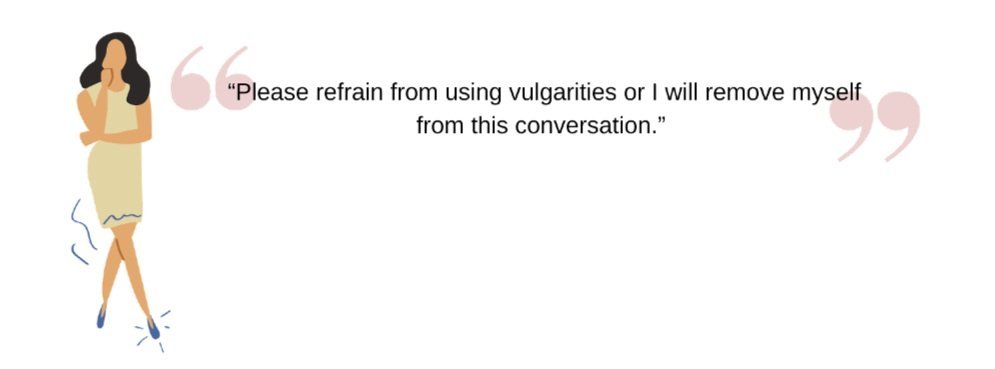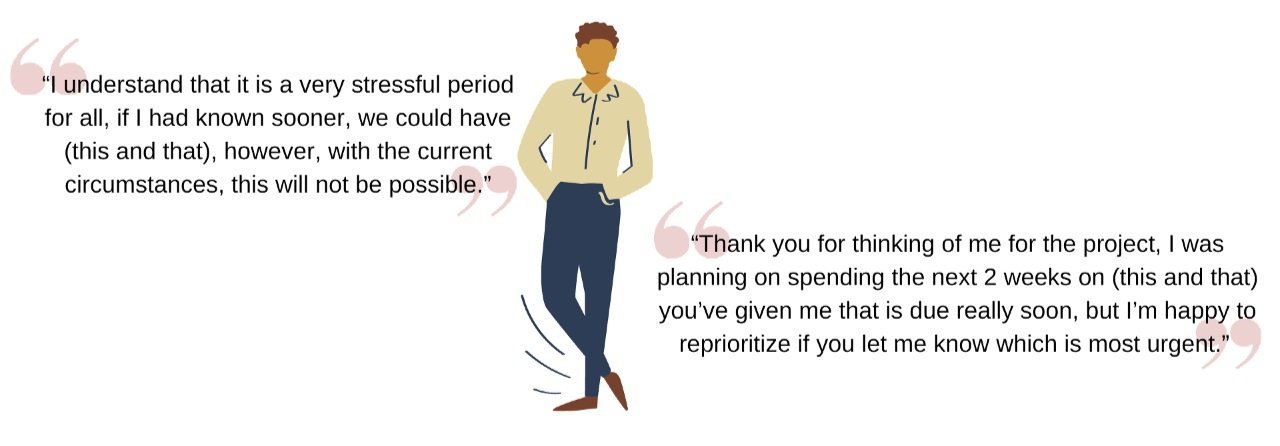What are considered healthy boundaries? How do you enforce them?
Boundaries set intangible and tangible limits to life. They are essential yet often difficult to establish.
“I don’t want conflicts, it’s just easier this way.”
“Sigh, my boss asked me to OT out of nowhere, I already had plans, I wished he told me sooner.”
“I only gave in to him (intimate partner) because I’m afraid he would think that I don’t love him otherwise.”
Do these statements sound familiar?
Many times, we struggle to set boundaries in our daily lives in fear that it will cause unnecessary conflicts or it will make us look bad. As a result, we may face inconveniences; be it doing things out of our way or getting bullied into doing things we may not be 100% comfortable with.
This is fortunately very common and you’re not alone for the sole reason that we, humans, are social creatures. We place great value in the relationships around us, and sometimes in the process, may forgo ourselves and our own needs.
However, setting healthy boundaries are essential for our mental and physical health, because your needs matter too! Here are some steps to kickstart creating healthy boundaries in your life:
1. Take a step back and think about what matters most to you
Some questions to get the ball rolling:
What is important to you?
What are your values?
What are some things that make you uncomfortable?
What are some things you have difficulty asking for?
This helps you organize your thoughts and understand what you feel strongly for, what your values are, and what your priorities are. Doing so allows you to gain a clearer idea on what boundaries you would like to put in place.
2. Be clear and precise when stating what matters to you
You want to be heard and understood with clarity. Allowing others to first understand your boundaries will reduce misunderstandings, and stop the vicious cycle of constantly feeling like your boundaries are being violated.
Here’s an example:
You may have a personal boundary of not wanting others to invade your personal space. When you fail to let this boundary be known, and get upset or angry when your personal space is being violated, others may misunderstand this as you being upset further violated your personal space with the intention to comfort you. This could result in you feeling more uncomfortable as your personal space is being violated. This can be avoided with the communication of your boundary.
You may want to attempt this with those you’re most comfortable with, such as your partner, family members, or close friends.
An example of being clear and precise when delivering your boundaries to others:
3. Be assertive when stating your boundaries and follow through with the consequences you’ve stated should the boundary be violated
Avoid engaging in the subsequent feelings of guilt or shame of that boundary, you may waiver in that situation. Not following through with the consequences you’ve stated will reduce the respect one has for the boundary you’ve stated.
An example of delivering your boundaries assertively:
In this case, if individual still proceeds with vulgarities, leave the conversation instead of continuing to engage in the conversation.
4. Don’t be sorry or afraid when asking for help, even with the possibility of rejection
We tend to subconsciously start off a sentence with “I’m sorry but…” when asking for help. It is completely normal to ask for help, so be confident about it. Your needs are as important as other people’s needs. Asking for help does not mean you are incompetent, but rather, a task could simply require additional clarification or it could be out of your area of expertise - this happens to even the best of us.
However, there are times where help may not readily come your way when you need them. Respectfully accept the “no” just like how you would like your “no” to be respectfully accepted and find someone else who can help you.
5. Don’t be afraid to say “no”
This may be difficult for some in fear of “looking bad” or “being viewed as lazy or not a team player”. However, as much it is important to help others, it should not be done at the expense of yourself. This is in not suggesting that you be selfish or self-centered, but to respect the boundaries of your personal time, personal capabilities, and what may be out of your control.
Saying “no” can be done assertively yet respectfully.
Examples of ways you can say “no” assertively yet respectfully:
6. Be in charge of your own needs
This will require you to understand what matters most to you. You know yourself best, including your needs. Avoid depending on others to meet your needs or to tell you what is best for you. Setting boundaries based on your own needs is in no way being selfish, but a form of self-love and self-care. Be fair to yourself and be mindful about putting yourself in avoidable situations that may end up being undesirable.
Establishing clear healthy boundaries may be uncomfortable for some, but remember that your needs matter too. Start off with those closest to you to build your confidence!



